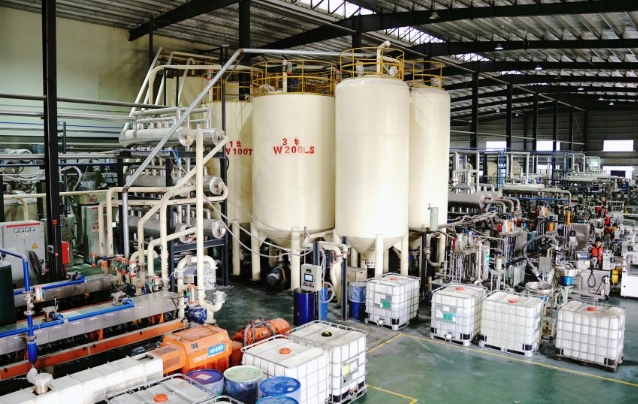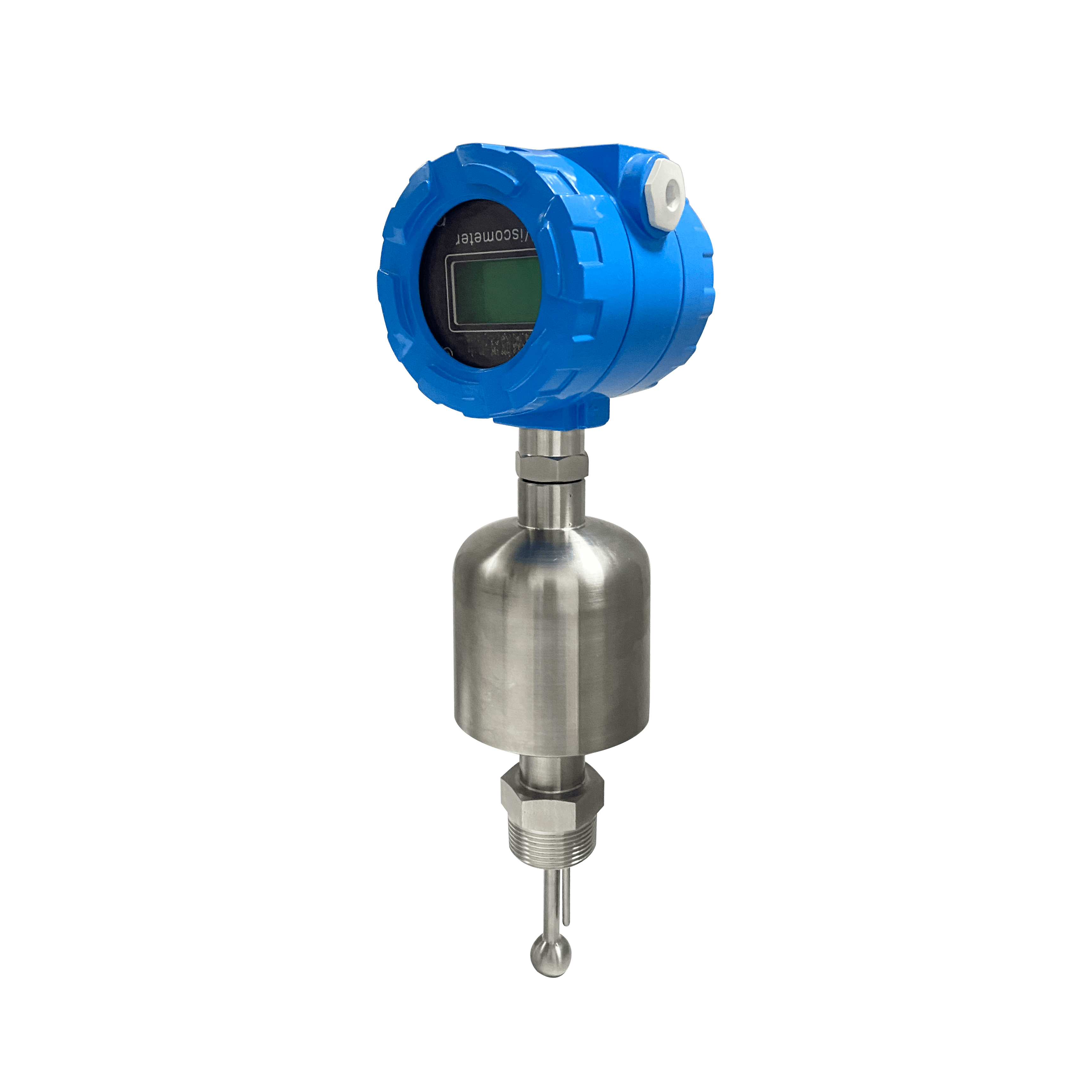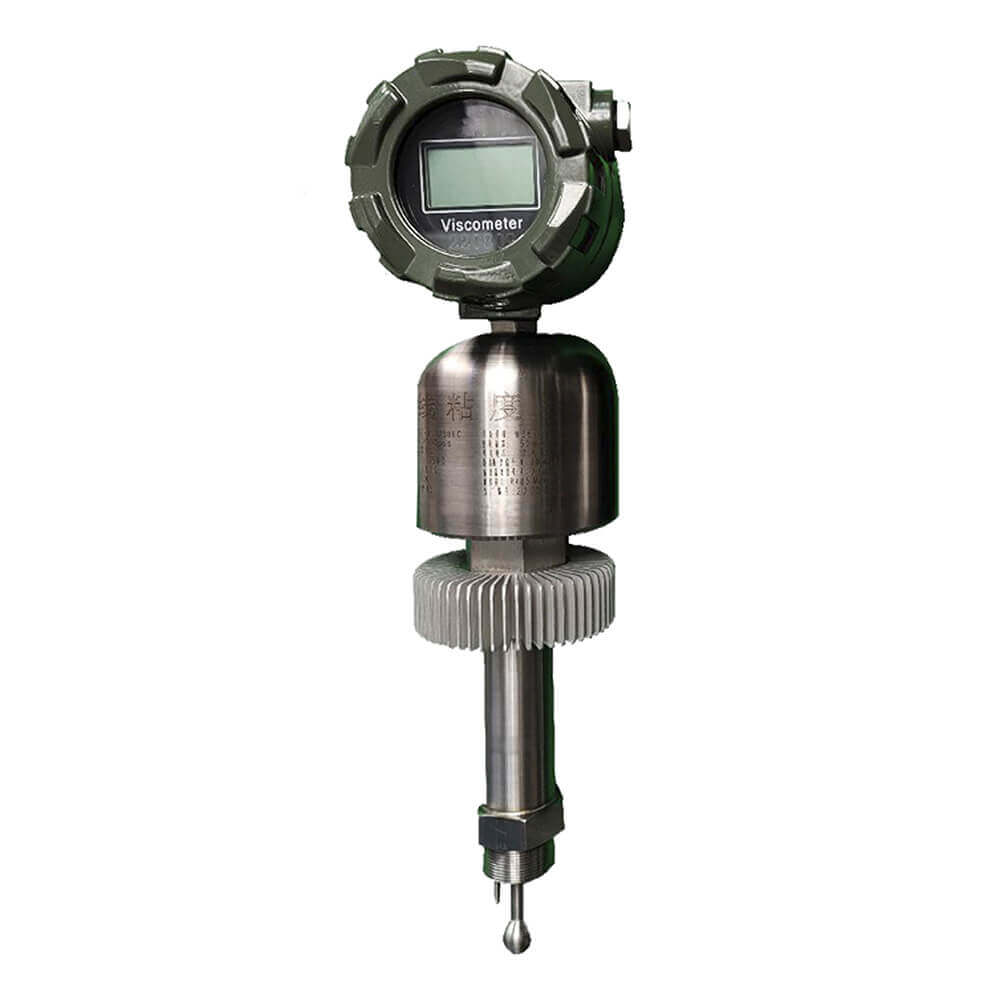Adhesives and sealants are closely related when it refers to glueing or bonding two or more parts together. Both of them are pasty liquids undergoing chemical processing to create a strong bond at the surface it is applied.
Natural adhesives and sealants are available around us at the very beginning. Both of them are applied here and there, from home workshops to technology innovation. For example, packaging, paper production, aircraft manufacturing, aerospace, footwear, automotive and electronic devices are all industries requiring adhesives and sealants.
Comparison Between Adhesives and Sealants
These two terms are similar and even interchangeable in certain conditions, but there are still nuances between them in purpose and final use. Adhesive is a kind of substance used to holding two surfaces in a strong and permanent manner while sealant is a substance used to attaching two or more surfaces.
The former is useful when a long-lasting and solid union is required; the later is used to avoid fluid or gas leakage in primary for a temporary purpose. The strength of a sealant’s bond is not inherently weaker than that of an adhesive, as their performance depends on the specific type and intended application, including the forces they withstand and their thermal properties.
Adhesives and sealants share key behavioral traits that enable effective bonding:
-
Fluidity: Both must exhibit fluid-like behavior during application to ensure proper contact with surfaces or substrates, effectively filling any gaps.
-
Solidification: Both harden into a solid or semi-solid state to support and withstand varying loads applied to the bond.

Viscosity for Adhesives and Sealants
Adhesives are categorized into natural adhesives and synthetic adhesives by their origins. Viscosity is taken as the resistant of a fluid or flow. Viscous adhesives and sealants are non-Newtonian fluids. In other words, viscosity readings are dependent on the shear rate measured.
Viscosity plays a critical role in the production and application of adhesives, serving as a key indicator of properties such as density, stability, solvent content, mixing rate, molecular weight, and overall consistency or particle size distribution.
The viscosity of adhesives varies significantly based on their intended application, such as sealing or bonding. Adhesives are categorized into low, medium, and high viscosity types, each suited to specific use cases:
-
Low Viscosity Adhesives: Ideal for encapsulation, potting, and impregnation due to their ability to flow easily and fill small spaces.
-
Medium Viscosity Adhesives: Commonly used for bonding and sealing, offering a balance of flow and control.
-
High Viscosity Adhesives: Designed for non-drip or non-sagging applications, such as certain epoxies, where structural integrity is essential.
Traditional viscosity measurement methods rely on manual sampling and laboratory analysis, which are time-consuming and labor-intensive. These approaches are not suitable for real-time process control, as the properties measured in the lab may not accurately reflect the adhesive’s behavior in the production line due to factors like elapsed time, sedimentation, or fluid aging.
The Lonnmeter inline viscosity meter offers a cutting-edge solution for real-time viscosity control, addressing the limitations of traditional methods and enhancing adhesive manufacturing processes. It accommodates this diversity with a wide measurement range (0.5 cP to 50,000 cP) and customizable sensor shapes, making it compatible with various adhesive formulations, from low-viscosity cyanoacrylates to high-viscosity epoxy resins. Its ability to integrate into pipelines, tanks, or reactors with flexible installation options (e.g., DN100 flange, insertion depths from 500mm to 4000mm) ensures versatility across different production setups.
Significance of Viscosity and Density Monitoring
Adhesive production involves blending or dispersing various materials to achieve specific properties, including chemical resistance, thermal stability, shock resistance, shrinkage control, flexibility, serviceability, and strength in the final product.
Lonnmeter inline viscometer is designed for various applications at various measuring points of the adhesives, glues, or starch production processes. It enables inline monitoring of viscosity as well as derivative parameters like density and temperature. Installation can be directly in a mixing tank to understand the evolution of viscosity and determine when the required mixing is reached; in storage tanks to verify the fluid properties are maintained; or in pipelines, as the fluid flows between units.
Installation of Inline Viscosity and Density MetersIn Tanks
Measuring viscosity inside a mixing tank for adhesive fluids enables rapid adjustments to ensure consistent fluid properties, leading to increased production efficiency and reduced resource waste.
A viscosity meter can be installed in a mixing tank. Density and viscosity meters are not recommended for direct installation in mixing tanks, as the mixing action may introduce noise that affects measurement accuracy. However, if the tank includes a recirculation pump line, a density and viscosity meter can be effectively installed in the pipeline, as detailed in the next section.
For tailored installation guidance, clients should contact the support team and provide tank drawings or images, specifying available ports and operating conditions such as temperature, pressure, and expected viscosity.
In Pipelines
The optimal location for installing viscosity and density meters in adhesive fluid pipelines is at an elbow, using an axial setup where the probe’s sensing element faces the fluid flow. This typically requires a long insertion probe, which can be customized for insertion length and process connection based on the pipeline’s size and requirements.
The insertion length should ensure the sensing element is fully in contact with the flowing fluid, avoiding dead or stagnant zones near the installation port. Positioning the sensing element in a straight pipe section helps keep it clean, as the fluid flows over the probe’s streamlined design, enhancing measurement accuracy and reliability.
Media Contact
Company Name: SHENZHEN LONNMETER GROUP
Email: Send Email
Country: China
Website: https://www.lonnmeter.com/


